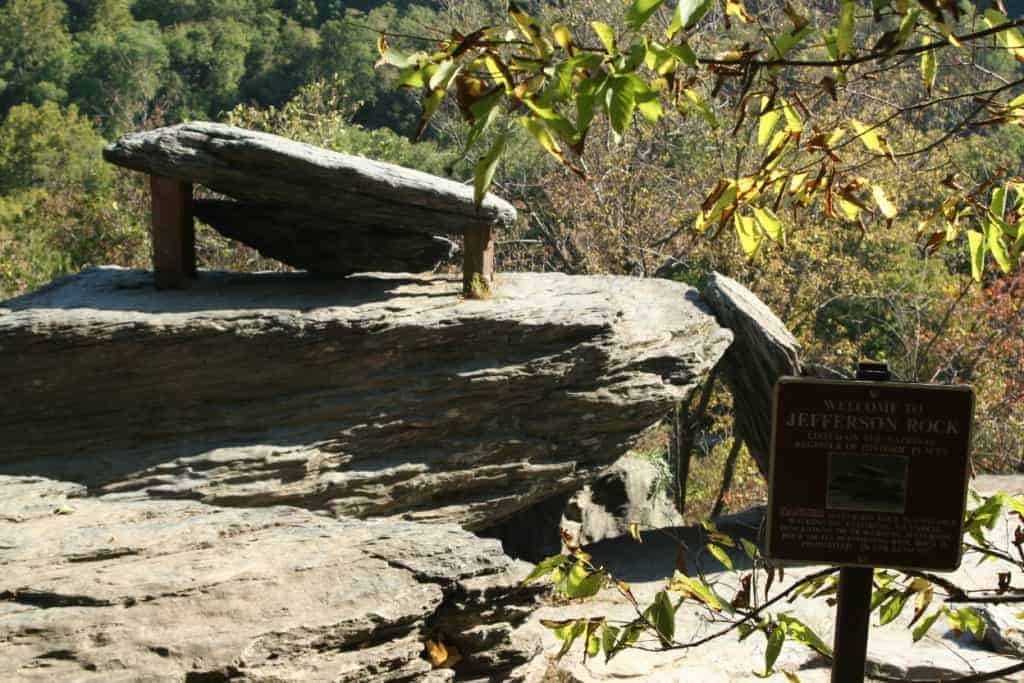Outdoor Photography
Why do hikers carry cameras? Maybe it’s because of majestic, snow-capped peaks, bordered by aquamarine lakes; delicate petals of tiny wildflowers, lining the edge of the trail as it winds beneath a verdant forest canopy; jewel-toned butterflies, pausing to sip the sweet nectar from blossoms in a meadow; and camaraderie among a group of hikers, clustered around a blazing campfire as the sun sinks below the horizon.
These are the kinds of scenes that hikers are eager to capture with their cameras so that these precious sights can be re-lived in all of their vibrant glory when memories start to fade. Yet many of us lack the money, time, and motivation to invest in expensive cameras or to take courses to learn the art and science of photography.
Still, the happy truth is that you can improve your photographic results significantly by employing some very easy techniques. Hiking provides a great chance to improve your outdoor photography skills. Test out the following ten tips next time you hit the trail, and you’re likely to be quite pleased with the results. All of these tips will work with any kind of camera, from the simplest point-and-shoot device to the most sophisticated single-lens-reflex (SLR) equipment.
All photos: Leigh Scott
| 1. Look for shots that feature bright colors. Alpine lakes and tropical seas are famous for their stunning colors, so be sure to take advantage of those opportunities. Less obvious opportunities might include your buddy’s vibrantly-hued tent in the middle of an otherwise drab forest scene or a brilliant blossom on top of a spiny cactus. Example at right: The vibrant blues and greens at Leigh Lake in Grand Teton National Park result in a very colorful photo. |  |
 |
2. Take outdoor photos at dawn or dusk for warmer light and fewer harsh shadows. Of course, while hiking along a trail, you can’t always stop and wait for the optimum time to photograph a scene. So feel free to make an exception if you come across a special midday panorama that you can’t replicate at another time. Yet be sure to take advantage of the softer light that plays upon the landscape and the faces of your companions when it’s early or late in the day. Sometimes, at dusk, you can capture a scene that has the pleasing properties of a silhouette. Example at left: Bathed in the warm light of sunset, Volcan Concepcion on Ometepe Island in Nicaragua is framed by silhouetted trees. |
| 3. Learn the rule of 3’s. Imagine overlaying a tic-tac-toe grid on the scene you’re intending to shoot, and then put your subject where the lines intersect. This is generally a more interesting composition than centering your subject, unless you get up close and fill the frame. Example at right: Mentally overlay a tic-tac-toe grid on this photo of historic Jefferson Rock (alongside the Appalachian Trail at Harpers Ferry, WV), and you’ll see that the rock and the sign lie near the intersections of the grid lines. |  |
 |
4. Get up close and fill the entire frame with your subject. While you wouldn’t want to use this technique when taking photos of bears or bison at Yellowstone, at most other times you can walk right up to your subject, thereby capturing details and avoiding distracting backgrounds. Example at left: Don’t be afraid to get up close and completely fill the frame with an engaging subject, such as this farmer and newborn piglet at Mountain View Farm in Virginia. |
| 5. Turn your camera for vertical shots. The normal tendency is to hold a camera so that the bottom of it is parallel to the ground. Turn it 90 degrees, and you’ve got an interesting new way to compose your photographs. Example at right: Taken with the camera held vertically, this shot frames the enticing layer of new-fallen snow on this rustic bridge at the Blue Ridge Center for Environmental Stewardship in Virginia. |  |
 |
6. Take photos from an unusual viewpoint or angle. Most of us, when taking photos, stand as we normally would and raise the camera to eye level in order to shoot what’s in front of us. While there is nothing wrong with that, your photos will be more interesting if you capture a unique perspective. You might try kneeling or lying down so that you are looking up at your subject — or walk to the side of your subject to catch its profile rather than front view. Example at left: This shot of an aged white oak with brilliant fall foliage, found deep in the woods at the Blue Ridge Center for Environmental Stewardship in Virginia, was taken at an angle that captures the character of the bark and invites the viewer upward into the forest canopy. |
| 7. Include all three parts of a landscape – foreground, middle ground, and background. When you photograph the far-off hills, it’s easy to focus your attention on them, composing the shot to include only the peaks plus the meadows that lie in between you and them. The scene will be more pleasing and grounded if you include a bit of the rocky trail in the foreground. Example at right: This photo of the coast of Brazil near Rio includes three parts: the beach as the foreground, the sailboat as middle ground, and the hills as background. |  |
 |
8. Avoid distracting backgrounds, particularly when taking photos of other people. You may be able to achieve this result by moving your subject away from a cluttered background or by changing the angle at which you are planning to shoot. Better yet, figure out how your camera allows you to blur the background. On an SLR, you can set the camera on aperture priority and then choose a wide-open lens aperture (lower f-stop) for a shallow depth of field, which will put the background out of focus. Example at left: Shallow depth of field blurs the background and focuses the viewer’s attention on this exquisite bird’s nest, found on the slopes of the Blue Ridge Mountains in Virginia. |
| 9. Choose subjects that are full of character — or take photos of details or patterns. Your well-worn boots might not be pretty, but they are an excellent subject that contains an abundance of character — especially when viewed from the right angle in a tight shot that fills the frame. You can also try to compose your photo by focusing on the tiny elements of a scene, and you might find an artistic treasure that would otherwise be missed. Look for the texture in a patch of trailside moss or the intricate patterns made by the veins in the underside of a leaf. Example at right: This shot features classic hiking boots in the context of a spectacular viewpoint — which in this case is Annapolis Rock on the Appalachian Trail in Maryland. |  |
 |
10. Use a tripod, fencepost, rock, or other stationary object to eliminate blurry photos. You may think your hands are steady, but the truth is that all of us shake at least a little when holding a camera. This slight tremor will show up as blurriness — particularly when you enlarge and print that treasured landscape from your last adventure. Avoid the resulting disappointment by using a steady base of support for your camera. Don’t want to carry around a bulky tripod? Check out the new Gerber Steady Tool. Built for the weekend adventurer, the Gerber Steady combines the utility of a multi-tool and the functionality of a tripod for compact digital cameras and smart phones. |
